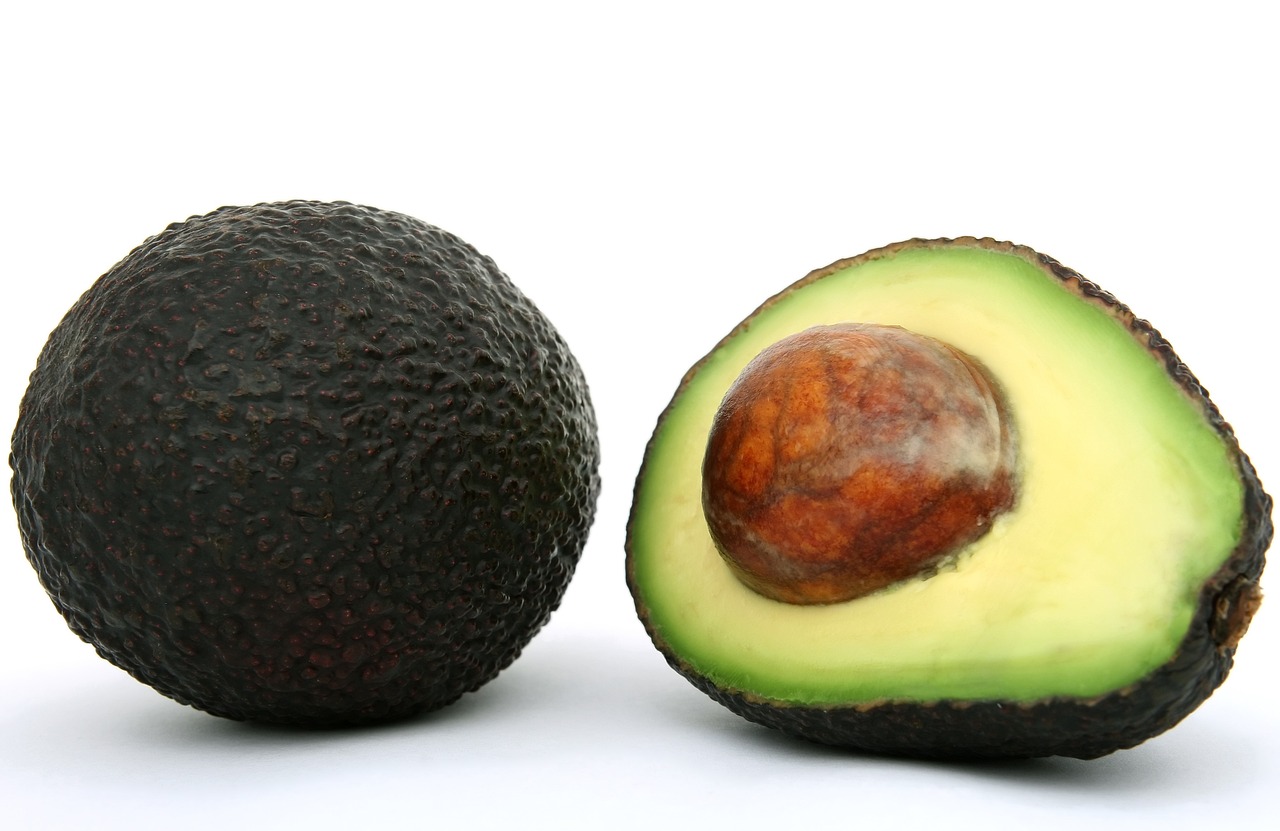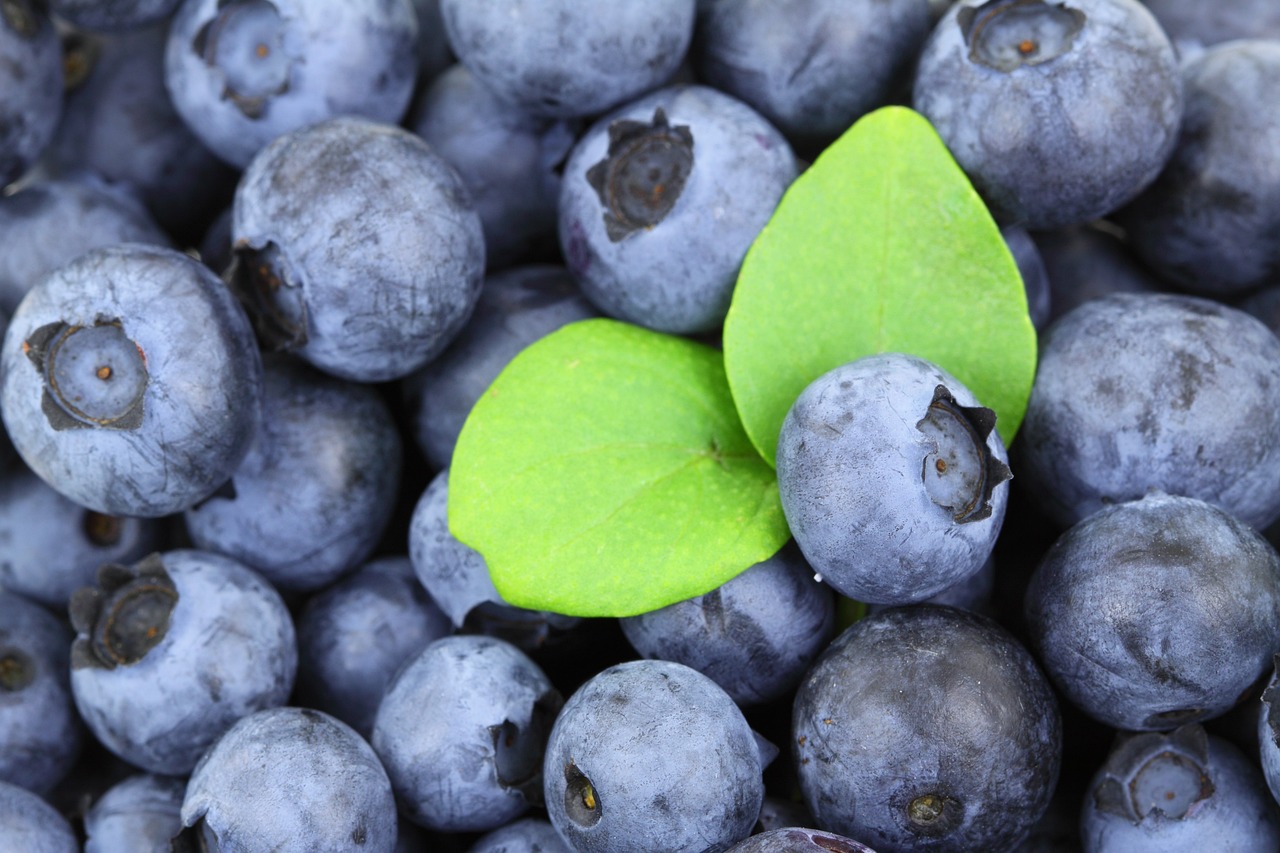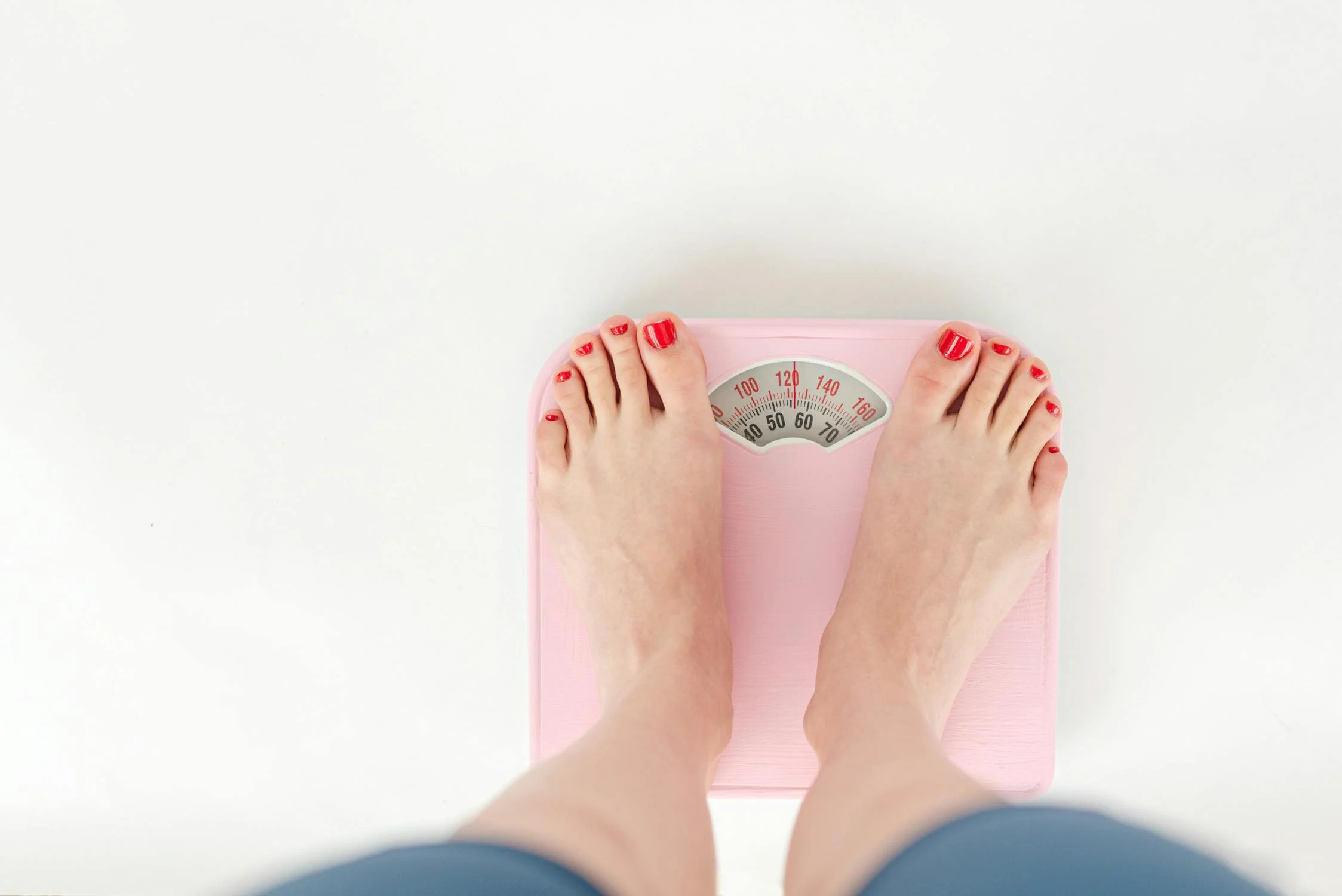
- 28 January 2025
- Dr Boshi
Introduction
The pursuit of weight loss is a common goal for many people, and one of the most effective ways to achieve it is through a combination of healthy eating and regular physical activity. While exercise plays a crucial role in burning calories, the food we consume can also significantly influence our metabolism and fat-burning processes. Certain foods have properties that can help boost metabolism, reduce hunger, and promote fat burning. These foods, often referred to as fat-burning foods, can support weight loss and improve overall health. In this blog, we will explore the various types of fat-burning foods, their mechanisms of action, and how they contribute to a healthy, balanced diet.
Understanding Fat Burning
Before diving into specific foods, it is essential to understand the concept of fat burning. Fat loss occurs when the body expends more energy than it consumes, a state known as a caloric deficit. To achieve this, the body needs to burn stored fat for energy. Fat-burning foods can assist in this process by increasing metabolic rate, reducing appetite, or encouraging the breakdown of fat. Additionally, some foods have thermogenic effects, which means they can increase the body’s temperature, leading to greater calorie expenditure.
1. Protein-Rich Foods
One of the most powerful fat-burning nutrients is protein. Foods high in protein, such as lean meats (chicken, turkey), fish (salmon, tuna), eggs, legumes (lentils, beans), and dairy (Greek yogurt, cottage cheese), are not only essential for muscle growth and repair but also help in the fat-burning process. Protein has a high thermic effect of food (TEF), meaning it requires more energy for digestion compared to fats and carbohydrates. This can slightly increase calorie burn after eating. Furthermore, protein helps to preserve muscle mass, which is essential for maintaining a higher metabolism, as muscle burns more calories than fat.
2. Green Tea and Caffeine
Green tea is often considered a superfood for fat loss. It contains catechins, antioxidants that have been shown to increase metabolism and fat oxidation, particularly during exercise. Studies suggest that drinking green tea can enhance fat-burning and improve weight loss when combined with physical activity. Similarly, caffeine, found in coffee, tea, and some supplements, can boost metabolism and increase fat oxidation by stimulating the central nervous system. Caffeine can also increase energy levels, enabling individuals to exercise more effectively, leading to additional calorie burn.
3. Spicy Foods
Spicy foods, particularly those containing capsaicin, the compound responsible for the heat in peppers, can contribute to fat burning. Capsaicin has been shown to increase calorie expenditure and fat oxidation by promoting thermogenesis. Consuming spicy foods can temporarily raise your body temperature, which in turn burns more calories. Chili peppers, jalapeños, and cayenne pepper are all examples of foods that contain capsaicin and can be incorporated into meals to potentially boost fat-burning efforts.
4. Whole Grains
Whole grains such as oats, brown rice, quinoa, and whole wheat are excellent sources of complex carbohydrates that provide sustained energy. Unlike refined grains, whole grains are rich in fibre, which helps to regulate blood sugar levels and prevent spikes in insulin. This is important because high insulin levels can promote fat storage, particularly in the abdominal region. The fibre in whole grains also aids digestion, reduces hunger, and helps in maintaining a healthy weight.
5. Healthy Fats
It may seem counterintuitive, but consuming healthy fats can actually help in fat loss. Avocados, nuts, seeds, and olive oil are sources of monounsaturated and polyunsaturated fats that promote satiety and reduce overall calorie intake. These fats are also essential for hormone production, including hormones that regulate metabolism. Furthermore, the consumption of healthy fats has been shown to improve fat oxidation and help reduce visceral fat (fat around the organs), which is linked to various health conditions.
6. Apple Cider Vinegar
Apple cider vinegar (ACV) has gained popularity as a potential weight loss aid. Some studies suggest that ACV can help reduce appetite and control blood sugar levels, both of which can contribute to fat loss. The acetic acid in apple cider vinegar may also increase fat burning by improving the body's ability to use stored fat as energy. While more research is needed, incorporating small amounts of ACV into a balanced diet may have some benefits for fat-burning.
7. Fruits and Vegetables
While fruits and vegetables may not directly burn fat, they are crucial for a weight-loss-friendly diet. Many fruits and vegetables are low in calories and rich in fibre, which helps with satiety and weight management. For example, grapefruit has been linked to fat loss, as it may reduce insulin levels and improve fat metabolism. Berries, such as blueberries, strawberries, and raspberries, are also rich in antioxidants and fibre, making them an excellent choice for anyone looking to shed pounds. Leafy greens, such as spinach and kale, are high in fibre and water content, which helps to keep you feeling full while providing essential nutrients.
Conclusion
Incorporating fat-burning foods into your diet can support your weight loss goals by boosting metabolism, reducing appetite, and enhancing fat oxidation. Protein-rich foods, green tea, spicy foods, whole grains, healthy fats, apple cider vinegar, and fruits and vegetables are all excellent additions to a balanced diet. However, it is important to note that no single food will magically melt away fat. Fat loss is most effectively achieved through a combination of a healthy, nutrient-dense diet and regular physical activity. By choosing fat-burning foods and adopting a well-rounded approach to health, individuals can promote sustainable fat loss and improve overall well-being.





